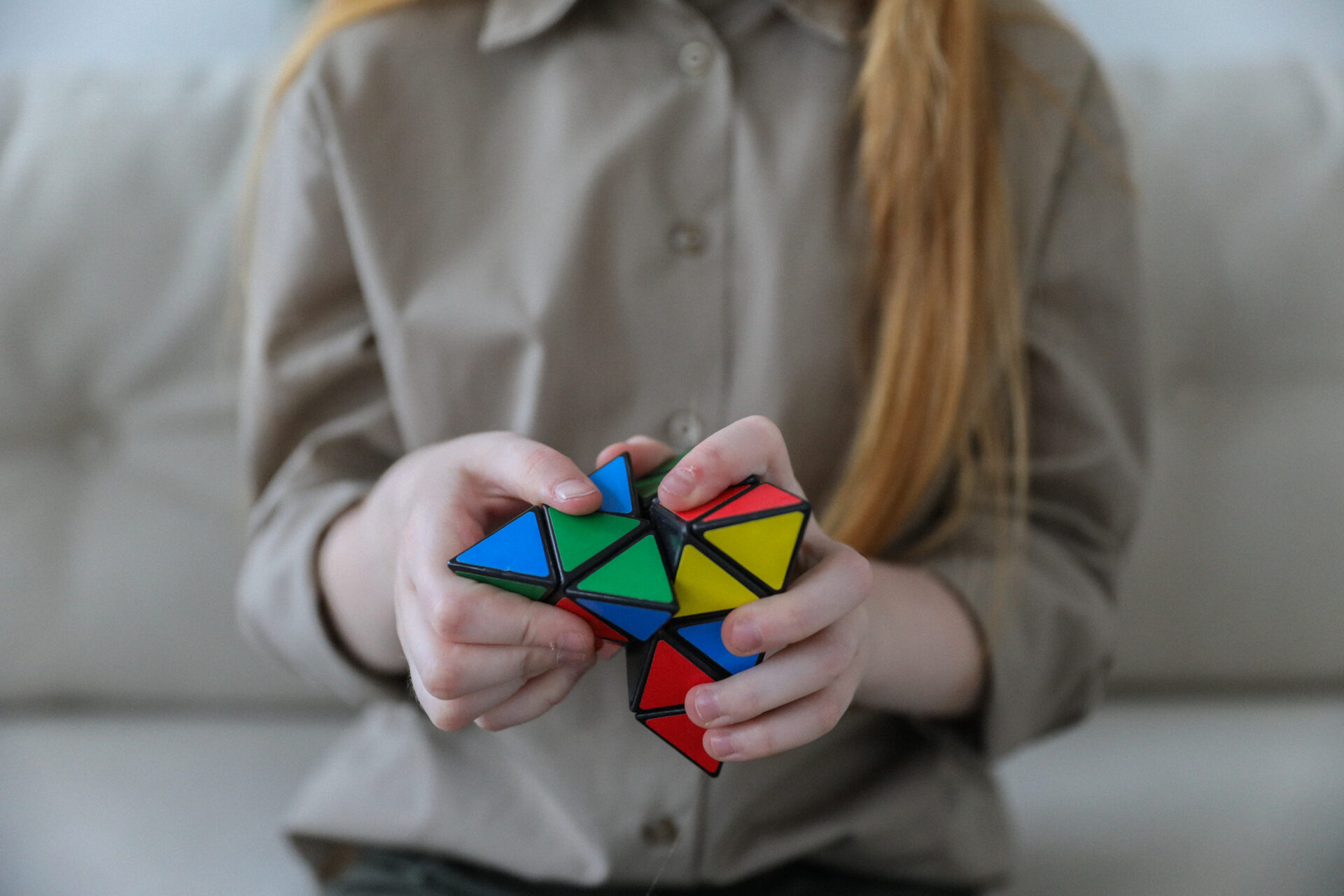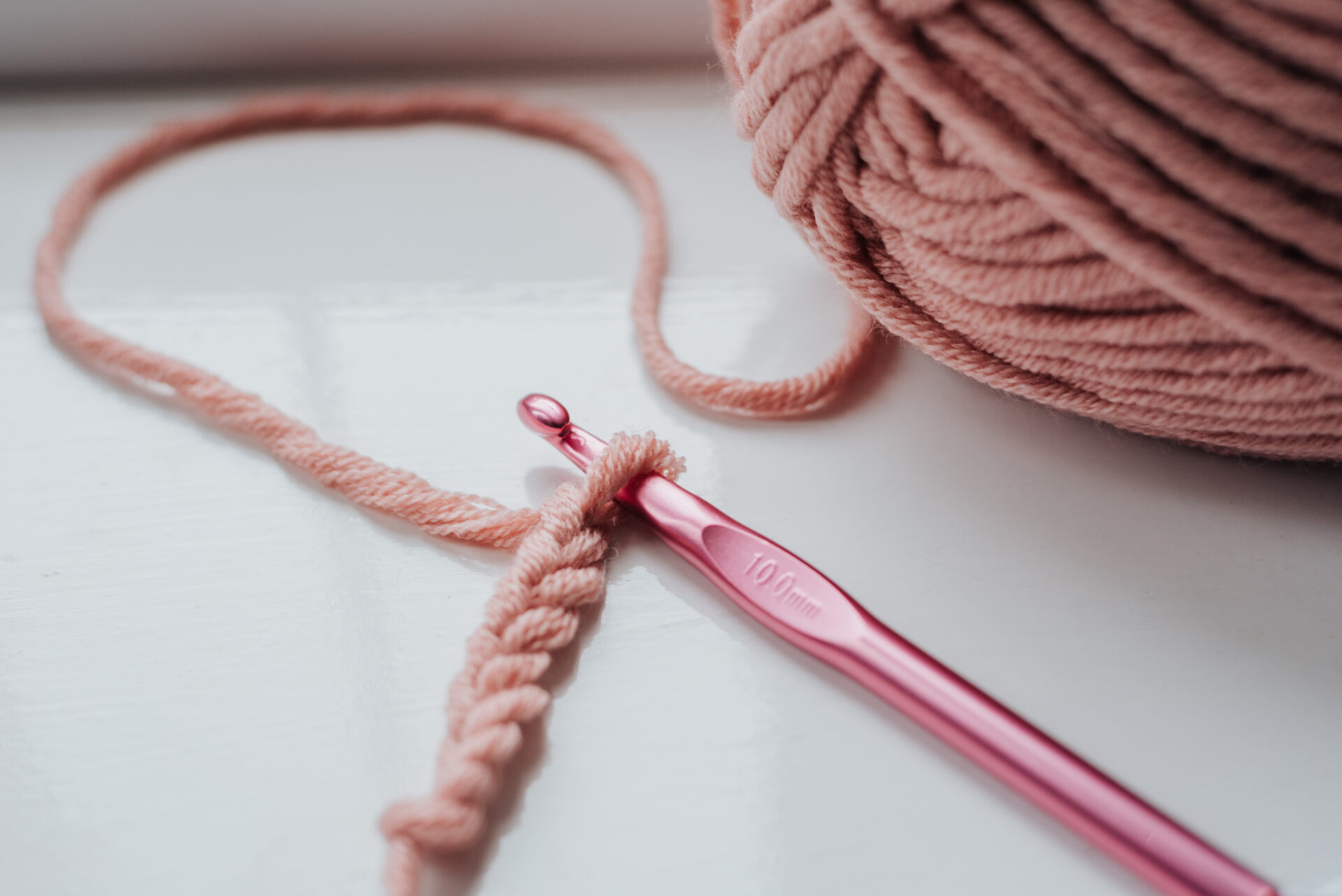The game of bowling has been around for centuries, with its popularity still strong today. It involves a player throwing a bowling ball down an alley in an attempt to knock down pins at the other end. But what is a bowling ball made of? In this article, we will be exploring the composition of a bowling ball and examining what it’s made out of.A bowling ball is typically made of a hard, polyurethane or urethane coverstock material with a reactive resin/rubber core inside. The coverstock provides the ball with its surface texture and lane reaction, while the core affects the weight distribution and dynamic properties of the ball.
Synthetic Coverstocks
Bowling balls have come a long way since the days of wooden pins and oil-baked lanes. Today’s modern bowling ball is made from a variety of synthetic materials, of which the coverstock is perhaps the most important. Synthetic coverstocks are used for both reactive and particle bowling balls and are designed to react differently on the lane depending on their surface texture. The most commonly used synthetic coverstocks are urethane, reactive resin, and particle.
Urethane coverstocks are known for their durability and predictability. This makes them the ideal choice for beginner bowlers as they tend to stay consistent even with a wide variety of lane conditions. Reactive resin coverstocks provide more traction and hook potential than urethanes as they absorb more oil from the lane, resulting in more hooking power. Particle coverstocks offer an even higher level of traction and control than other types of synthetics, making them a great choice for experienced bowlers who want to make precise shots in tough conditions.
No matter what type of synthetic coverstock you choose, it should be matched to your skill level and style of play. If you’re just starting out, it’s best to go with an urethane ball until you gain more experience and can better understand how different synthetics react on different lane conditions. For more experienced bowlers who want maximum control over their shots, reactive resin or particle bowling balls can provide an extra edge when needed.
Synthetic coverstocks are becoming increasingly popular among all levels of bowlers due to their durability, predictability, and versatility on different lane conditions. With so many options available today, there’s sure to be a synthetic that matches your skill level and playing style perfectly!
Reactive Resin Coverstocks
Reactive resin coverstocks are the most popular type of bowling ball coverstock available. They are made from a combination of polyester and resin, which makes them extremely durable and responsive on the lanes. Reactive resin coverstocks provide bowlers with an increased hook potential and a smoother reaction to changing lane conditions. The increased hook potential is due to the reactive resin’s ability to absorb oil from the lane and create a stronger skid-snap reaction. The smooth reaction is due to the coverstock’s ability to absorb lane friction, resulting in a slower transition from skid to hook. Reactive resin coverstocks also offer excellent durability, allowing them to last longer than other types of bowling ball covers.
Reactive resin coverstocks come in a variety of colors and textures, making them ideal for bowlers who want their ball to stand out on the lanes. They are also available in different hardness levels, allowing bowlers to choose the perfect level of hook for their game. Whether you’re looking for an aggressive ball reaction or a smoother transition from skid to hook, reactive resin coverstocks offer something for everyone.
Particle Coverstocks
Particle coverstocks, also known as Proactive coverstocks, are a type of bowling ball coverstock that utilizes small particles blended into the outer shell of the ball. These particles are typically made of urethane and can be used to create a variety of different motion shapes and styles. The particles interact with the lane surface to create more friction, allowing bowlers to control their shots better. Particle coverstocks offer more hook potential than traditional urethane or reactive resin coverstocks and are especially useful on medium-oily lane conditions. They are also often used on dry lanes, where they provide a combination of traction and length that helps keep the ball from over-reacting on the backend. Particle coverstocks are available in a variety of colors and finishes, so bowlers can choose one that best suits their style and lane conditions.
Particle coverstocks are becoming increasingly popular among bowlers looking for added control and hook potential. They provide an extra level of predictability when it comes to shot shape, which is especially beneficial for those who struggle with accuracy or consistency on the lanes. If you’re looking for extra hook without sacrificing length or predictability, a particle coverstock might be just what you need.
Urethane Bowling Balls
Urethane bowling balls are a great choice for bowlers looking for a more controlled and consistent reaction on the lane. These balls are made from a polyurethane material that is very durable and provides a good amount of back-end reaction when hitting the pins. Urethane bowling balls are typically used by most league bowlers and recreational bowlers, as they provide excellent control and predictability with their reactions. The coverstock of these balls is usually softer than other types of bowling balls, allowing them to hook more easily and provide better accuracy. Urethane bowling balls are also more resilient to oil on the lanes, so they can be used in both dryer or oilier lane conditions.
When selecting a urethane bowling ball, it’s important to consider the weight you need and the type of reaction you want from your ball. Heavier urethane bowling balls will provide more hook potential, while lighter ones will offer less hook but more control on the lane. The best way to find out which ball is best for you is to try out different weights and sizes until you find one that fits your style of play. Urethane bowling balls are generally less expensive than reactive resin or particle coverstock bowling balls, making them an ideal option for those looking for an economical option for their game.

Core Construction of Bowling Balls
The core of a bowling ball is the most important part as it determines the reaction of the ball when it is thrown down the lane. The core can be made from a variety of materials such as plastic, polyester, urethane, and even rubber. Each material has its own characteristics that will affect the reaction of the ball when it hits the pins. Plastic cores are generally more durable and provide more control for bowlers who prefer to have a consistent reaction from their ball. Polyester cores provide an aggressive hook potential and tend to be more reliable than plastic cores. Urethane cores are typically used by those who are looking for maximum hook potential as they are softer than other materials and can cause more friction on the lane surface. Lastly, rubber cores are often used by beginners or those with slower bowling speeds as they can provide some control without sacrificing too much power.
No matter which material is used, all bowling balls have a core that needs to be properly constructed in order to maximize performance. The core should be symmetrical so that when it is released down the lane, it will roll straight with minimal wobble or spin. The size and shape of the core will also affect its reaction on the lane surface, so it is important to choose a core that is right for your particular style of bowling.
Inner Core Types
The inner core of the Earth is composed of two main types of material: solid iron and nickel, and a partly molten layer made of iron-nickel alloys. The inner core is thought to have formed about 1.5 to 1.9 billion years ago due to the Earth’s cooling and increasing pressure at its center.
The solid inner core has an average radius of about 1,220 kilometers (760 miles) and is composed mostly of iron, with some nickel and other elements mixed in. Its temperature ranges from 4,000 to 5,000 degrees Celsius (7,232 to 9,032 degrees Fahrenheit). The pressure at this depth is about 3.6 million times greater than atmospheric pressure at sea level.
The molten layer that surrounds the solid inner core has an average radius of approximately 2,400 kilometers (1,491 miles). This layer is composed mostly of iron-nickel alloys that are in liquid form due to the extreme temperatures and pressures found in the Earth’s interior. The temperature and pressure in this region are thought to be about 6,000 degrees Celsius (10,832 degrees Fahrenheit) and 360 gigapascals – approximately 3.6 million times greater than atmospheric pressure at sea level – respectively.
It is believed that convection currents within the partially molten outer core play a major role in generating Earth’s magnetic field by driving the movement of charged particles in its liquid state.
Outer Core Types
The outer core of the Earth is composed primarily of iron and nickel. It is a liquid layer located approximately 2,890 kilometers (1,800 miles) below the Earth’s surface and has a thickness of around 2,200 kilometers (1,370 miles). The outer core is also the source of the Earth’s magnetic field. This magnetic field results from convection currents in the molten iron which creates a dynamo effect. These convection currents are generated by heat and pressure from the inner core and surrounding mantle. The temperature of the outer core is believed to range between 4,000 and 6,000°C (7,232 to 10,832°F).
The composition of the outer core can vary depending on its location within the Earth. In general, it contains iron (Fe), nickel (Ni), sulfur (S), oxygen (O), silicon (Si), magnesium (Mg), calcium (Ca) and other trace elements. Iron and nickel make up approximately 85 percent of its composition by weight. The remaining 15 percent is composed mainly of sulfur with smaller amounts of oxygen and silicon.
The pressure at the bottom of the outer core can reach up to 330 gigapascals – that’s 3 million times greater than atmospheric pressure at sea level! This intense pressure causes iron to behave like a liquid instead of a solid despite its melting point being much higher than that found at sea level. This liquid-like behavior allows for convection currents to form which produce an electric current – creating our planet’s magnetic field.
The outer core is an important part of our planet as it helps protect us from dangerous radiation coming from space as well as provide us with useful information about our planet’s history through magnetic records it holds in its rocks. Being so far beneath our feet, we may never get to explore this mysterious part of our world but through deeper understanding we can appreciate its importance more fully.

Conclusion
It is clear that bowling balls are complex objects composed of many different materials. The outer shell is made of urethane, which provides the ball with its smooth finish. Inside, the ball contains a core, which is made up of either a polymer or rubber material. The core provides the ball with the necessary weight and helps to make it spin in a circular motion when thrown. Finally, there are also various materials used to improve the ball’s hook potential and performance on the lanes.
Overall, understanding what a bowling ball is made of can help bowlers choose the right type of equipment for their style of play. With an improved knowledge of these components, bowlers can make better decisions when selecting a bowling ball that will help them achieve their desired performance level.
By understanding the composition of a bowling ball, bowlers can maximize their performance and enjoy their time on the lanes even more!



